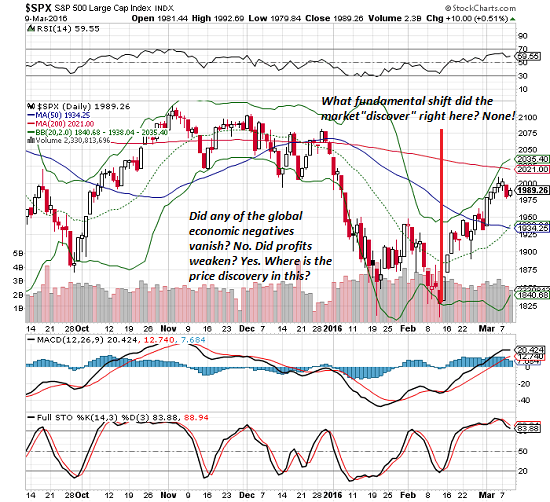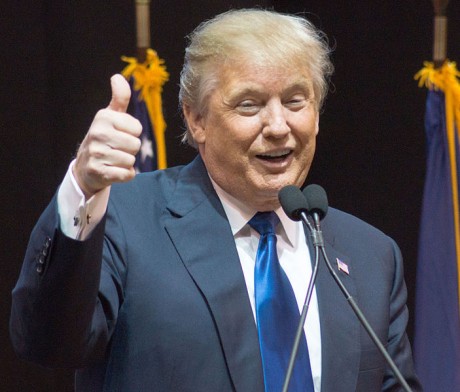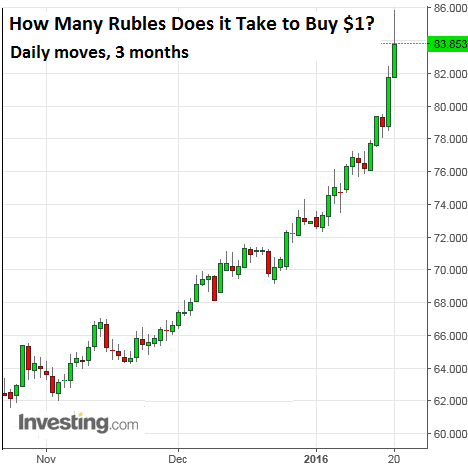Wondering is what we do, here at the Diary, especially wondering about myths. “Myths” are not necessarily untrue. They just can’t be known or proven in the way, say, that Archimedes could prove that the king’s crown was made of gold.  Antiquity’s most famous patent troll Archimedes shortly after his famous epiphany in the bathtub
Antiquity’s most famous patent troll Archimedes shortly after his famous epiphany in the bathtub
The Old Testament reports on God, for example, could be literally true, symbolically or metaphorically true, or complete fantasy. Unless you get hit on the head with a rock, or an angel speaks to you from a burning bush, you can’t know for sure.
Likewise, we can’t know for sure which candidate for president would be better. Poor Donald Trump is sinking in the polls; the media says his reckless comments are catching up with him. But who knows?
We can’t see into the future – only God can. So, we make our decisions based not on facts, but on which myths (assumptions and prejudices that can’t be tested) we believe.
In newspapers, elections, and most of public life, myths are more important than provable facts. They direct trillions of dollars of spending… and set off wars in which millions are killed.
The largest demonstration in history was in India, with millions of people taking to the streets to protest the killing of cows. In short, myths are worth wondering about. The Fed says it wants 2% consumer price inflation. But there is nothing scientific about it. Is 2% better than, say, 1%? Or no inflation at all? It is myth.
Yesterday, the prophet Janet brought forth the expected blah-blah. Sticking her neck out, she said the Brexit vote next week “could have consequences” for the financial system. Hey, what couldn’t?
…click on the above link to read the rest of the article…











